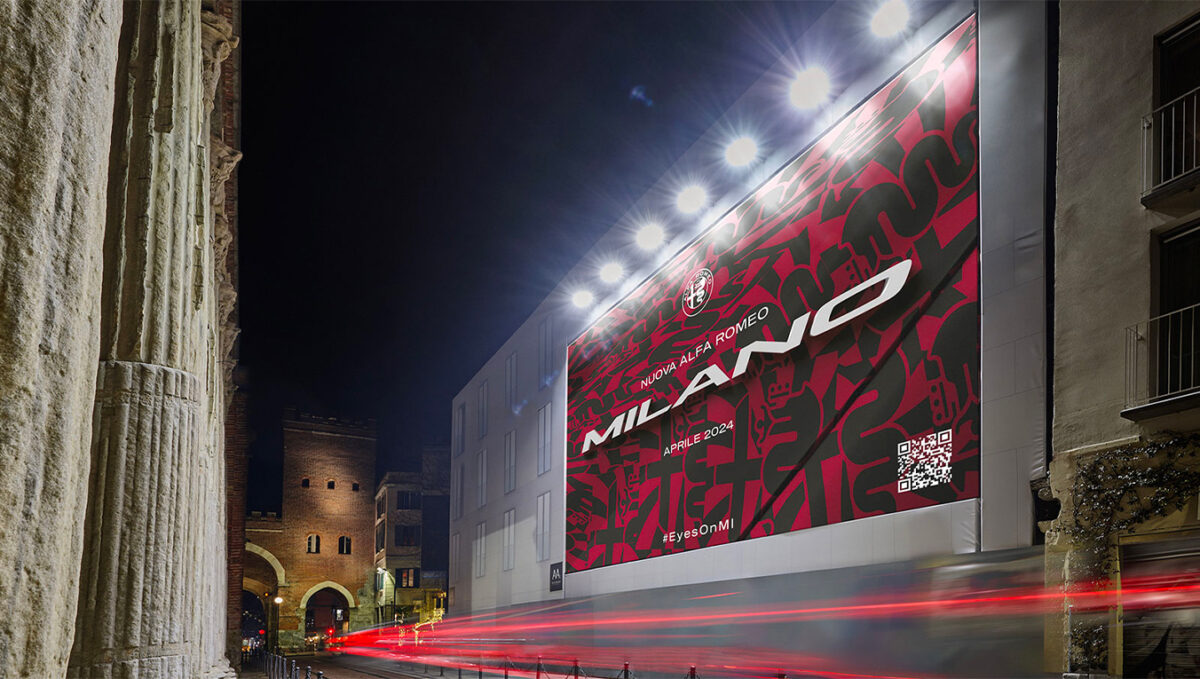By the end of 2018, two titans of the automotive industry were gone; in July, Fiat Chrysler Automobiles said goodbye to its creator, with the seemingly irreplaceable Sergio Marchionne eventually succeeded by British Chrysler veteran Mike Manley. And in November, Carlos Ghosn’s arrest and detention for alleged financial misconduct saw him dismissed within hours by Nissan, and within days by Mitsubishi. His resignation in January 2019 as Renault Chairman and Chief Executive brought to a close a fascinating chapter in contemporary automotive industry history.
Corporate restructuring, strategic realignment, changing consumer demands and a major bump in the road for global trade are shaping the automotive industry now more than ever. As the future of the Renault Nissan Mitsubishi Alliance hangs in the balance, Ford and VW are hinting at a deeper tie-up even beyond that which they have already announced. Jurbey, the bizarre name of the BMW-Daimler mobility joint venture is advancing in the wake of US competition authority approval, and GM and Ford have both announced major cost cutting programmes, with Ford’s even impacting its future mobility strategy.
A new Automotive World report, ‘The automaker data book – Q4 2018’, provides a round-up of automaker activity in the fourth quarter of 2018, with analysis of the financial results recently published for the nine months to September 2018.
Corporate restructuring, strategic realignment and changing consumer demands are shaping the automotive industry now more than ever. As the future of the Renault Nissan Mitsubishi Alliance hangs in the balance, Ford and VW are hinting at a deeper tie-up
Among the German automakers, BMW reported a small drop in group revenue in the period January to September, a figure skewed by unfavourable exchange rates that could just has easily have resulted in a small increase. Daimler, meanwhile, reported a slight rise in group revenue over the nine months, while VW’s strong Q3 resulted in an increase in group revenue over the same period.
Of the other European automakers – FCA, PSA Group and Renault – results were mixed. Neither PSA nor Renault publish detailed quarterly data, but PSA reported an increase in Q3 revenue, despite a drop in sales caused mainly by sanctions on Iran, while Renault reported a drop in Q3 revenue, impacted, like BMW, by unfavourable currency exchange rate activity. FCA reported a 1.4% decline in nine-month group revenue.
Financial woes continued to mount at Hyundai, which had already reported its worst results for seven years in 2017. In Q3, HMC’s profit fell by 67%, accompanied by a sharp decline in share value; over the January to September period, group revenue and automotive revenue were both down.
There were mixed fortunes among the US automakers. Tesla’s positive Q3 results broadly met expectations, but Ford reported a 27% drop in group net profit for the first nine months, exacerbated by a 37% fall in Q3 alone. Across town, GM reported a strong Q3, with group revenue up 6.4%. However, declines in Q1 and Q2 pre-tax profit meant the automaker was down by 20% over the nine-month period.
Full year earnings are some of the most eagerly awaited in recent years, as automakers struggle to align automotive industry priorities with increasingly challenging geopolitical events
Honda, Mitsubishi and Toyota were the Japanese automakers that performed well in the second quarter of the April to September period, which makes up the fiscal first half in Japanese financial accounting. At Honda, strong performance in all divisions resulted in a 5% increase in group revenue; still recovering from the fuel economy cheating scandal of 2016, Mitsubishi (MMC) reported a significant rise in Q2 profit; and with the exception of North America, Toyota’s earnings were up in all regions, lifting H1 group revenue by 3.4%.
The other Japanese automakers fared poorly in the second quarter. Mazda’s operating loss was unexpected, and Subaru’s was its first since 2009; Nissan’s Q2 was its sixth successive quarter of falling operating profit, while Suzuki quarterly operating profit was its lowest in two years.
Full year earnings due in the next few weeks and months are some of the most eagerly awaited in recent years, as automakers struggle to align shifting automotive industry priorities with the outcomes of increasingly challenging geopolitical events.
Download Automotive World‘s ‘The automaker data book – Q4 2018‘ to learn more about the latest operational activities of the world’s major automakers and the markets in which they operate.



